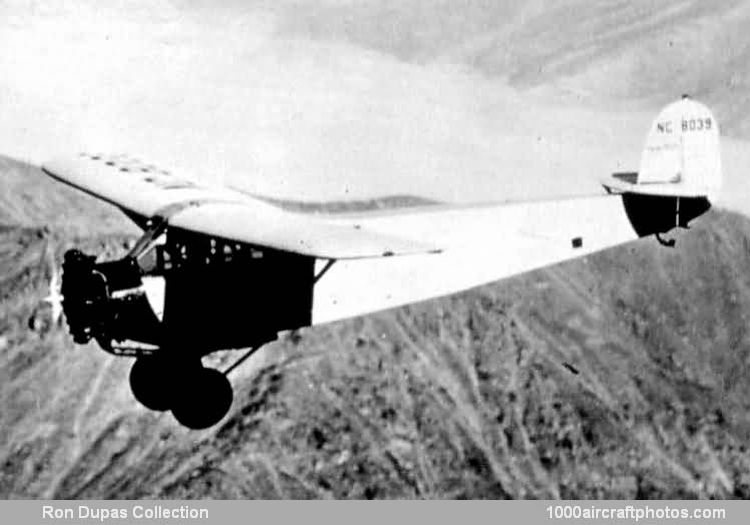06/30/2015. Remarks by Johan Visschedijk: "It was to satisfy the requirements of the Canadian Department of National Defence that the FC-2W was developed. This version of the FC-2 incorporated the new 400 hp Pratt & Whitney Wasp engine. The resulting increase in performance made the FC-2W particularly well suited to the hazardous northland flying. Dramatic rescues in Canada, and particularly the 1928 pickup of the crew of the Junkers monoplane Bremen - which had successfully made the first east-to-west crossing of the Atlantic - kept the airplane in the headlines.
Perhaps the most famous of the FC-2Ws built was the City of New York, which circumnavigated the globe in 23 days, 15 hours, to set what was then a world record. Another highly publicized and even more important FC-2W was the "Flying Telephone Booth", which played a prominent role in the development of airborne communications. The airplane was accepted in May, 1928 by the Bell Telephone Laboratories, Inc., for pioneering work in air-to-ground radio experiments. In a little more than two years, it made 1,613 flights, carrying practically all of the well-known aviation pioneers in a program of demonstrating the new two-way radio that soon made possible regularly scheduled air transportation.
By the end of 1927, only six months after Fairchild's first FC-2 rolled off the production line, the Fairchild Aircraft Corporation had built fifty airplanes and had become the second largest commercial aircraft producer in the world.
The success of the FC-2W led directly to the FC-2W2, designed to take full advantage of the power available from the Wasp engine. The design called for a 900-pound gross weight increase, to accommodate a larger passenger cabin. Most of the FC-2W2s were five-seat models - pilot and four passengers - but a few of the later production models carried five and even six passengers. Within a few months several airlines had ordered the new aircraft. The most famous of all early Fairchild aircraft was the FC-2W2 known as the Stars and Stripes."
